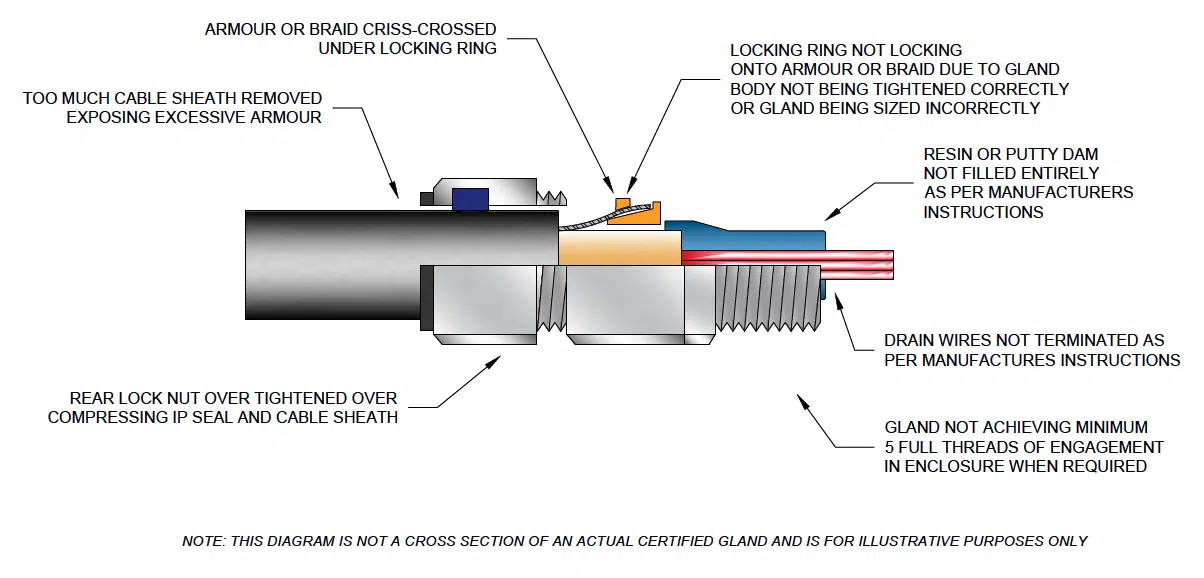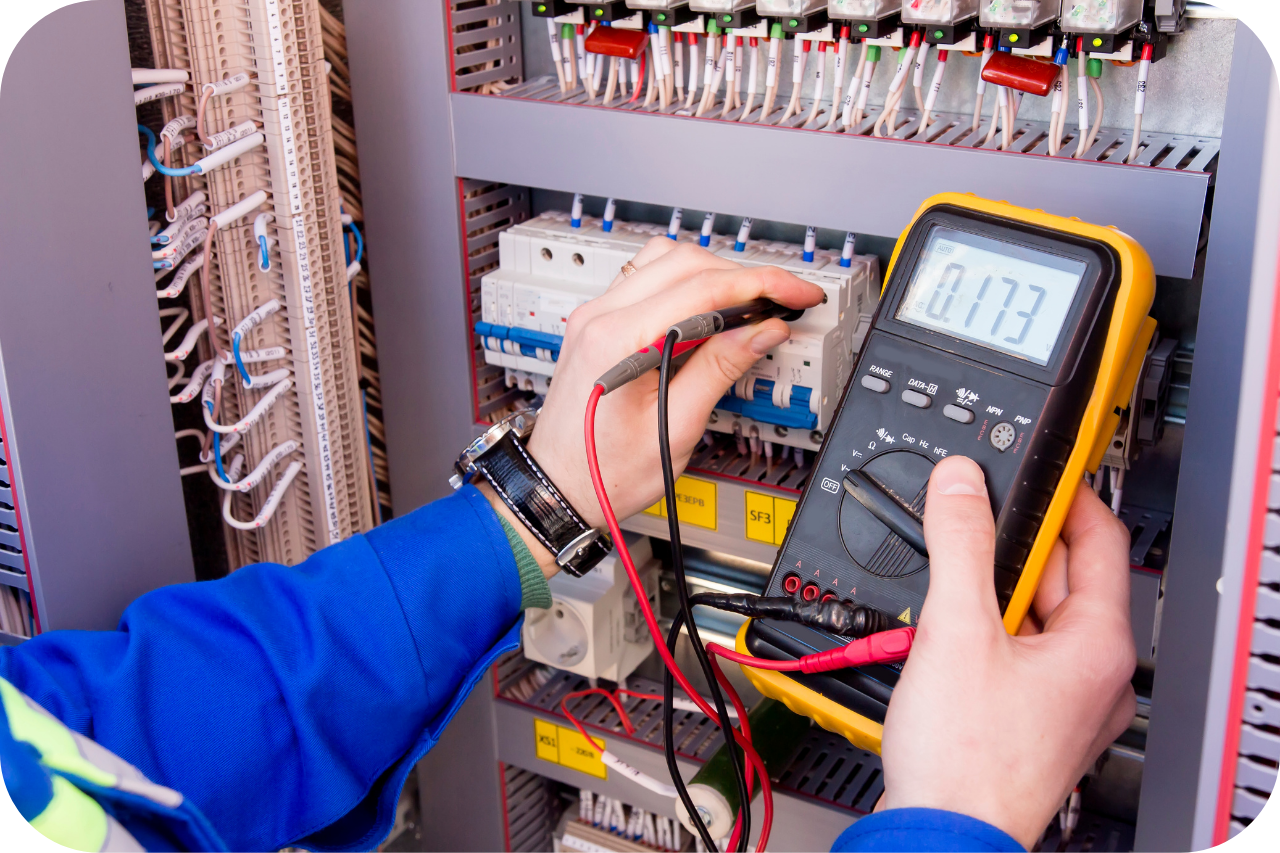Roar Solutions Things To Know Before You Buy
Roar Solutions Things To Know Before You Buy
Blog Article
5 Simple Techniques For Roar Solutions
Table of ContentsRoar Solutions - An OverviewWhat Does Roar Solutions Do?The Single Strategy To Use For Roar Solutions
In order to protect setups from a possible explosion an approach of evaluating and identifying a possibly dangerous area is called for. The function of this is to make sure the correct option and installment of tools to inevitably prevent an explosion and to guarantee security of life.
(https://www.sooperarticles.com/authors/794854/thomas-carrillo.html)
No tools should be set up where the surface area temperature level of the devices is higher than the ignition temperature of the provided risk. Below are some usual dust hazardous and their minimal ignition temperature. Coal Dust 380C 225C Polythene 420C (melts) Methyl Cellulose 420C 320C Starch 460C 435C Flour 490C 340C Sugar 490C 460C Grain Dirt 510C 300C Phenolic Material 530C > 450C Aluminium 590C > 450C PVC 700C > 450C Soot 810C 570C The chance of the threat being existing in a concentration high enough to cause an ignition will differ from place to area.
In order to classify this risk an installment is separated right into locations of threat depending upon the amount of time the unsafe exists. These locations are described as Areas. For gases and vapours and dusts and fibres there are three areas. Zone 0 Zone 20 A dangerous ambience is extremely likely to be existing and might be existing for extended periods of time (> 1000 hours each year) and even constantly Zone 1 Area 21 A hazardous ambience is feasible but unlikely to be existing for extended periods of time (> 10 450 C [842 F] A category of T6 means the minimal ignition temperature is > 85 C [185 F] Dangerous location electrical tools maybe created for use in greater ambient temperature levels. This would indicated on the score plate e.g. EExe II C T3 Ta + 60C( This indicates at 60C ambient T3 will certainly not be surpassed) T1 T1, T2, T3, T4, T5, T6 T2 T2, T3, T4, T5, T6 T3 T3, T4, T5, T6 T4 T4, T5, T6 T5 T5, T6 T6 T6 A T Course score of T1 indicates the maximum surface temperature level created by the tool at 40 C is 450 C. Assuming the linked T Course and Temperature level ranking for the devices are appropriate for the location, you can always make use of an instrument with an extra stringent Division rating than required for the area. There isn't a clear solution to this inquiry. It actually does depend upon the kind of tools and what repairs need to be executed. Equipment with particular test treatments that can't be executed in the field in order to achieve/maintain third event ranking. Should return to the manufacturing facility if it is before the equipment's solution. Area Repair Work By Authorised Personnel: Challenging screening might not be called for however details procedures might need to be followed in order for the equipment to keep its 3rd party score. Authorized employees must be used to do the work properly Repair have to be a like for like replacement. New element have to be taken into consideration as a direct substitute requiring no special testing of the tools after the fixing is complete. Each piece of equipment with an unsafe ranking need to be evaluated separately. These are detailed at a high degree listed below, but also for even more comprehensive info, please refer directly to the standards.
What Does Roar Solutions Do?
The devices register is a detailed data source of equipment records that includes a minimum set of areas to identify each item's place, technological criteria, Ex-spouse category, age, and ecological information. The ratio of Comprehensive to Shut examinations will be determined by the Equipment Risk, which is assessed based on ignition threat (the probability of a source of ignition versus the likelihood of a flammable ambience )and the hazardous area category
( Zone 0, 1, or 2). Applying a durable Risk-Based Inspection( RBI )strategy is important for making certain conformity and safety and security in taking care of Electric Equipment in Hazardous Areas( EEHA).
Things about Roar Solutions

In regards to eruptive danger, a harmful location is a setting in which an eruptive atmosphere exists (or might be anticipated to be present) in amounts that require unique precautions for the building and construction, installment and use of equipment. electrical refresher course. In this article we check out the challenges encountered in the work environment, the danger control steps, and the needed competencies to work safely
It issues of modern life that we additional reading manufacture, save or handle a variety of gases or fluids that are deemed combustible, and a series of dusts that are deemed flammable. These substances can, in particular conditions, form eruptive environments and these can have significant and awful consequences. The majority of us know with the fire triangle eliminate any type of among the three elements and the fire can not occur, yet what does this mean in the context of hazardous locations? When breaking this down right into its easiest terms it is basically: a mix of a particular quantity of release or leakage of a particular substance or material, combining with ambient oxygen, and the presence of a resource of ignition.
In a lot of instances, we can do little about the degrees of oxygen in the air, but we can have considerable impact on resources of ignition, for example electric devices. Hazardous areas are documented on the hazardous area classification drawing and are recognized on-site by the triangular "EX-SPOUSE" indication. Here, amongst various other essential information, areas are divided into 3 types depending on the threat, the possibility and duration that an eruptive environment will exist; Zone 0 or 20 is regarded one of the most harmful and Zone 2 or 22 is considered the least.
Report this page